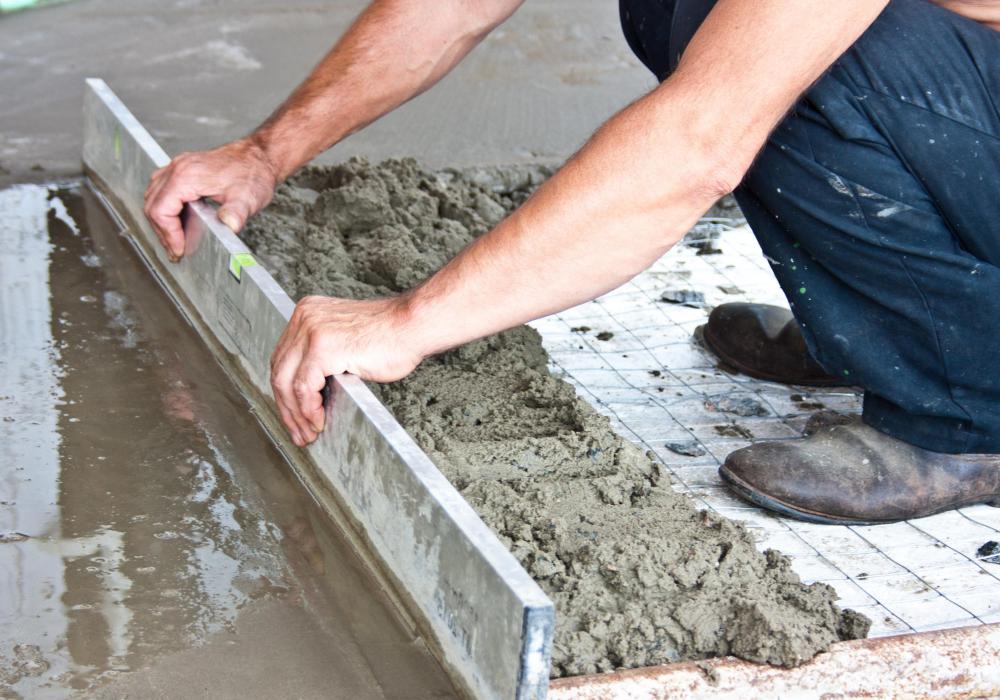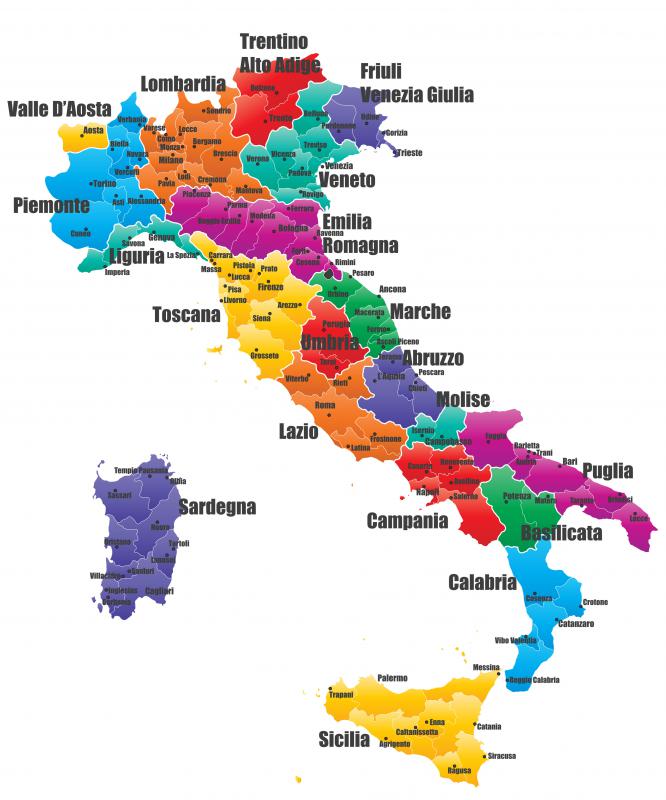What Is Pozzolana?
Pozzolana is volcanic ash that is used as a mixture in cement to provide strength and resistance to wear and tear from the elements and chemical breakdown. It is named after the city where it was first discovered, Pozzuoli in the Campania region of Italy. It was used in ancient Roman times similarly to the way it is used today. Some of the structures created using it have lasted over 2,000 years.
Originally, pozzolanic ash was mixed with lime to create a strong cement mixture. The first structures known to be built with pozzolana were created somewhere around the 3rd century B.C. It was found that that in addition to being strong and sturdy, structures created with the cement were able to be constructed underwater due to the fact the cement could set, or harden, while still submerged.

The original pozzolana was made purely of ash from volcanoes, but today it is often made of a synthetic material, such as Fly ash, Micro-Silica, or MetaKaoline. These modern incarnations are referred to as pozzolanic materials. Regardless of their origin, pozzolanic materials contain some sort of material, usually silica or alumina, in reactive form; when in the presence of water, the finely divided forms of the materials form pozzolana cement when they react with calcium hydroxide.

In modern times, pozzolana cements are typically a mixture of natural and synthetic pozzolana combined with Portland cement, which is a mixture of concrete, mortar, stucco and grout and the most common cement in use. The resulting cement mixture is very resistant to water as well as the most common forms of corrosion. In addition to being strongly water resistant, many modern pozzolana cements have magnetic properties, which further increase the cement’s strength.

Although a variety of modern pozzolanic materials are in use, the most common is Fly Ash. This is finely divided residue usually created from the burning of pulverized coal or lignite. The ash is gathered from various types of power stations and industrial plants. In addition to being less expensive than Portland cement, using Fly Ash can improve production time because it is easier to manufacture than pure cement.
As proof of the durability of pozzolano, one need only look at the structures built with it that are still standing. Those include the Pantheon and Colosseum in Rome, as well as the aqueducts that run through the city. The Roman port at Cosa was also built of pozzolana approximately 2,000 years ago, and the three piers built underwater are still visible and in excellent shape as of 2012.
AS FEATURED ON:
AS FEATURED ON:













Discuss this Article
Post your comments